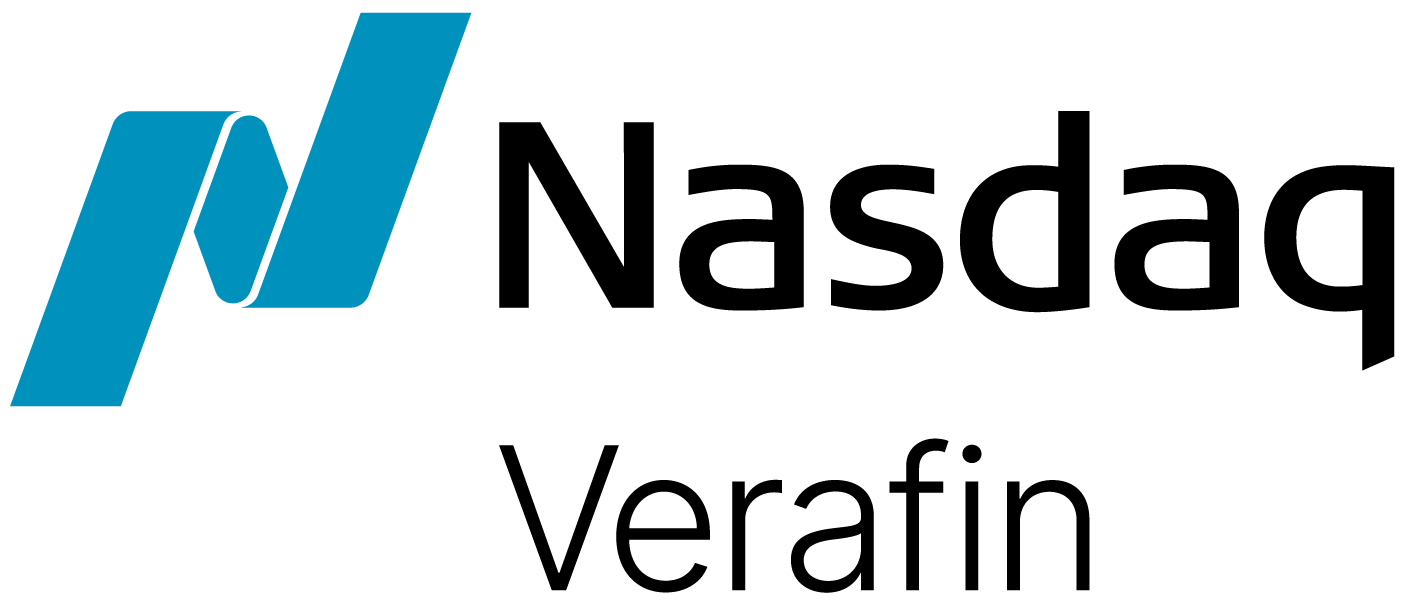Terrorist financing continues to evolve — as terrorist groups adopt new methods to evade detection and fund their destructive crimes, financial institutions play an important role in disrupting the flow of these illicit funds. New trends in terrorist financing can inform effective anti-money laundering/countering the financing of terrorism (AML/CFT) programs, allowing financial institutions to more effectively detect this threat to the global community.
The Power of Data in Understanding Terrorist Financing Trends
For the last seven years, our team at Insight Threat Intelligence has been tracking every case of terrorist financing that we can find worldwide, including media articles, arrests, indictments and more. From this information, we have created a database of terrorist financing cases to track trends over time and reinforce our understanding of terrorist financing activities. Here are our latest findings to help your institution more effectively disrupt terrorist financing flows.
1. Terrorists Continue to Exploit Banks
Despite increased AML/CFT regulations and enhancements, banks remain an attractive option for terrorist groups, who continue to use banks for financing around 15% of the time. Terrorists exploit the speed and global reach of banks, while relying on one-off and seemingly innocuous transactions to avoid raising any red flags. For this reason, detection can be challenging, and institutions should remain vigilant in monitoring behavioral indicators and assessing risky jurisdictions and counterparties that may indicate suspicious activity.
2. Terrorist Financing Enters its Cryptocurrency Era
Over the last decade, there has been a noticeable increase in cases of terrorist financing using cryptocurrency. In recent years, this tactic has even begun to overtake banks as the most popular method of moving illicit funds for terrorist activities. There is also a notable intersection of these two methods — with funds moving to or from crypto exchanges and cashed in or cashed out at banks — meaning financial institutions should be aware of potential crypto implications in investigations, even outside of the crypto exchanges themselves.
3. Evolving Exploitation of Non-Profit Organizations (NPOs)
NPOs and charities are pillars of society, providing invaluable support to the most vulnerable populations within society. Unfortunately, they have also been exploited for decades as a source of funds for terrorist activities. Five to ten years ago, the trend was for terrorists to exploit “charitable causes” — groups, attack cells, and lone actors would adopt a vague cause such as “raising money for orphans,” but there would be little or no involvement from any real NPO or charitable organization. More recently, this trend has shifted towards the exploitation of legitimate NPOs or terrorist front organizations that are set up to raise and move funds for terrorist groups and activities.
4. Crowdfunding Terrorism
The use of crowdfunding for terrorist financing is also on the rise, as terrorists use formal and informal methods to raise and divert funds. Informal crowd funding — such as reaching out to networks via encrypted apps to share bitcoin wallet addresses or PayPal details — is often used to directly solicit funds for terrorist purposes. Formal platforms such as GoFundMe are often used to divert funds to purposes other than what is advertised in the campaign. Without a targeted, whole-of-transaction approach, detection can be challenging due to the legitimate appearance of the donations and causes, making these platforms an attractive option for terrorist groups, and even attack cells or lone actors.
5. Formalizing Terrorist Financing with Professional Expertise
Professional enablers are increasingly implicated in terrorist financing activities to help obfuscate the movement and management of funds. This is most common for more sophisticated terrorist networks, which are often akin to formal criminal organizations — involving professional accountants, lawyers, board members, and various legitimate and front companies. As terrorist networks continue to grow, they increasingly value the expertise of professionals to set up networks and move money in a way that evades detection.
Effective Terrorist Financing Detection
As terrorist financing methods grow increasingly sophisticated, financial institutions must evolve in tandem — leveraging data, technology, and cross-sector collaboration to stay ahead of emerging threats. From the rise of cryptocurrency and professional enablers to the exploitation of NPOs and crowdfunding platforms, the trends outlined above underscore the need for dynamic, intelligence-driven AML/CFT programs. By integrating these insights into detection frameworks and risk assessments, institutions can better identify red flags, disrupt illicit flows, and contribute meaningfully to global security efforts.
For a deep dive into these trends — including a detailed look at data points, case studies, and strategies for detection — check out my discussion with Fouad Hassouneh, Head of AML Product Strategy at Nasdaq Verafin: The Terrorist Financing Global Landscape.
About the Author:
JESSICA DAVIS, PhD
President & Principal Consultant, Insight Threat Intelligence
Jessica Davis, PhD, is a leading expert in terrorism, illicit financing, and intelligence analysis. With 17 years in Canada’s security community—including CSIS, FINTRAC, and Global Affairs—she now advises organizations on navigating complex threats. She is also President of the Canadian Association for Intelligence and Security Studies and holds fellowships with top global think tanks.



